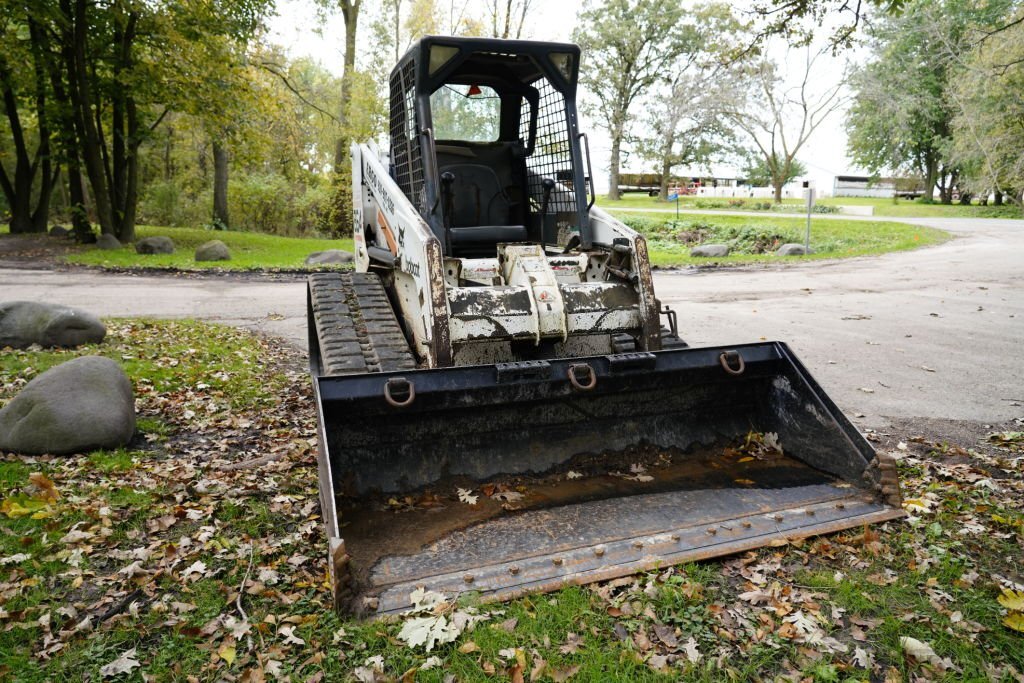
Introduction
Skid steer loaders are indispensable workhorses in the construction and landscaping industries, known for their versatility and efficiency. However, ensuring the safe operation of these powerful machines requires adhering to strict safety guidelines, especially during the refueling process. Mishaps during refueling can lead to serious accidents and equipment damage, making it imperative for operators and site managers to prioritize safety. This article delves into the crucial safety guidelines for refueling skid steer loaders, shedding light on best practices, potential hazards, and the significance of following manufacturer recommendations to maintain safe and optimal operations.
I. The Importance of Refueling Safety
- Preventing Accidents: Accidents during the refueling process can result in injuries to operators or other personnel on-site. Following safety guidelines reduces the risk of spills, fires, and other hazardous incidents.
- Avoiding Equipment Damage: Proper refueling practices help prevent damage to the skid steer loader, such as fuel system issues and engine damage, which can be costly to repair.
- Enhancing Efficiency: Adhering to safety guidelines ensures a smooth and efficient refueling process, minimizing downtime and maximizing productivity.
II. Understanding Skid Steer Loader Fueling Systems
- Fuel Types: Skid steer loaders typically run on diesel or gasoline. Understanding the correct fuel type for each machine is vital to prevent damage and ensure optimal performance.
- Fuel Tank Location: Familiarize yourself with the fuel tank’s location on the skid steer loader. It is essential to know where the tank is to avoid accidental damage during refueling.
III. Preparing for Safe Refueling
- Engine Shutdown: Always turn off the skid steer loader’s engine before refueling to prevent potential ignition of fuel vapors.
- Cooling Period: Allow the engine to cool down before refueling, as hot components can increase the risk of fuel vapor ignition.
- Parking on Level Ground: Park the skid steer loader on level ground during refueling to ensure a stable platform and avoid the risk of the machine tipping over.
- Avoiding Smoking and Open Flames: Prohibit smoking and open flames in the refueling area to prevent the ignition of fuel vapors.
IV. The Refueling Process
- Personal Protective Equipment (PPE): Operators should wear appropriate PPE, including gloves and safety goggles, to protect themselves during the refueling process.
- Portable Fuel Containers: Use only approved portable fuel containers with secure lids and spouts designed to prevent spills and splashes.
- Grounding the Loader: Ground the skid steer loader during refueling to dissipate static electricity and reduce the risk of static sparks igniting fuel vapors.
- Filling at a Slow Pace: Refuel the skid steer loader at a slow pace to prevent splashing and overflowing, which could lead to spills and fuel wastage.
- Avoid Overfilling: Do not overfill the fuel tank. Leave sufficient space for fuel expansion, especially in warm conditions.
V. Dealing with Fuel Spills
- Immediate Action: If a fuel spill occurs during refueling, stop the process immediately and address the spill following appropriate procedures.
- Containment and Cleanup: Use absorbent materials to contain and clean up fuel spills promptly, preventing environmental contamination.
VI. Manufacturer Recommendations and Maintenance
- User Manual Guidelines: Always refer to the skid steer loader’s user manual for specific refueling instructions and safety recommendations provided by the manufacturer.
- Regular Maintenance: Follow the manufacturer’s maintenance schedule for the skid steer loader, including fuel system inspections and checks to ensure safe operations.
VII. Training and Operator Awareness
- Operator Training: Ensure that all skid steer loader operators are trained in proper refueling procedures and are aware of potential hazards.
- Safety Awareness: Promote a safety-conscious environment where operators are encouraged to report any fuel system irregularities or safety concerns promptly.
Conclusion
Safety is of paramount importance when it comes to refueling skid steer loaders on construction and landscaping sites. Following essential safety guidelines, adhering to manufacturer recommendations, and prioritizing proper operator training are crucial steps in preventing accidents, equipment damage, and environmental hazards. By implementing these safety measures during the refueling process, construction companies and site managers can create a secure work environment, protect their valuable assets, and ensure the smooth and efficient functioning of skid steer loaders for successful and injury-free project execution.

